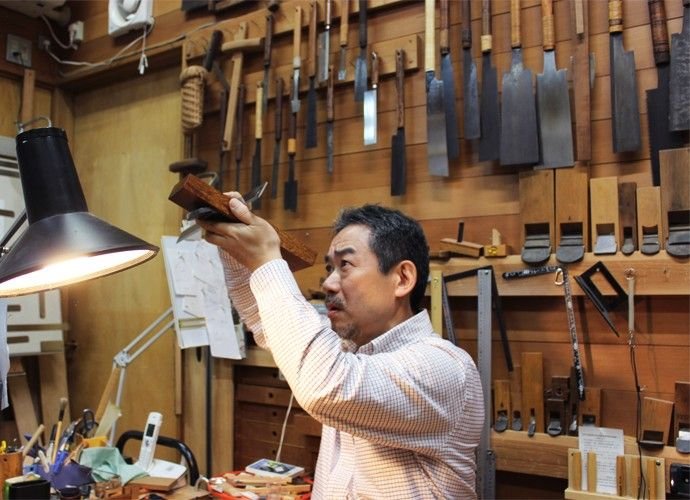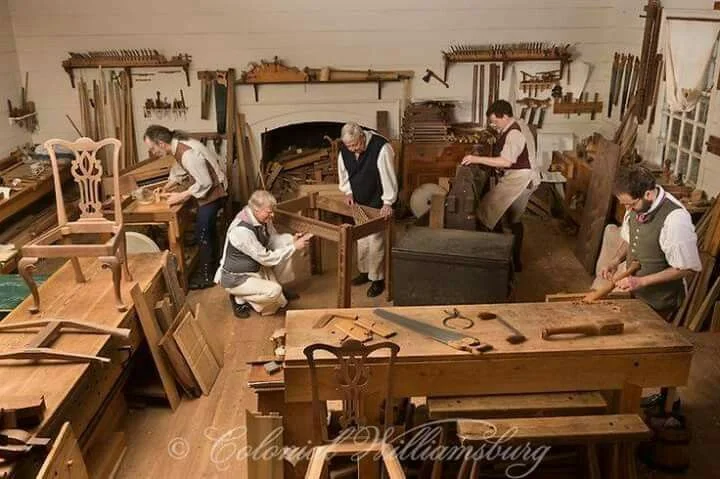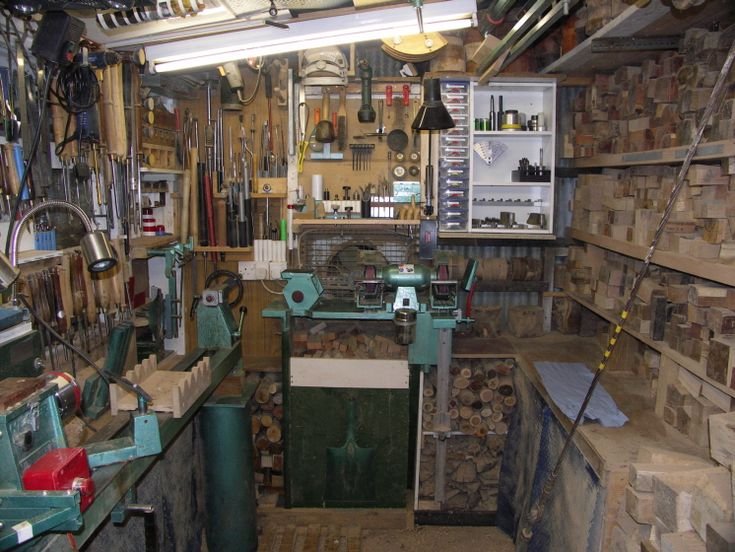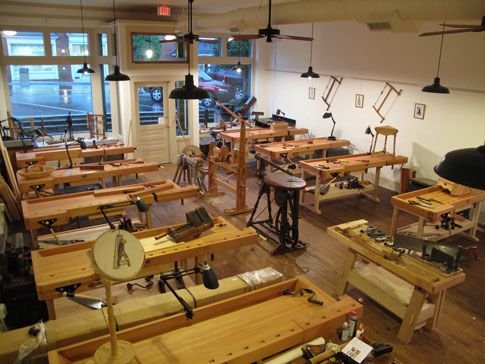The Disc Sander Journey: A Woodworker’s Tale
You know, there’s something about the smell of sawdust mixed with fresh wood that just gets me going. Here I am, coffee in hand, reminiscing about my little woodworking adventures—and boy, do I have a story for you today. So, settle in, because it’s one of those stories where I thought I knew what I was doing, but then you know—life happened.
So, it all started last summer when I decided I wanted to tackle something a bit more ambitious than my usual projects, which are mostly birdhouses and occasional furniture repairs. I stumbled upon this old end table in a local thrift store, and let me tell you, it was crying out for some love. Just picture it: a beat-up walnut table with a few nicks and scratches but could definitely shine with the right touch.
After dragging it home, I stood there, ready to introduce it to my new best friend—a disc sander. I had read a bit about it, watched a bunch of YouTube videos, and felt like I was ready to take on the world. “How hard could it be?” I thought.
The First Lesson: Sander or Sandpaper?
Ah, the disc sander. I had invested in a fairly decent one from a local hardware store—a Delta 12-inch disc sander. It gleamed under the workbench lights, and I was feeling on top of the world. It had this lovely high-pitched whirr that made me feel like I was really part of some grand woodworking tradition. You know, like Norm Abram or something.
The first thing I learned, and believe me, I learned it the hard way, was that it’s easy to get overzealous with the sander. I mean, I wanted to get rid of every stain and blemish on this poor table. The sander whirred to life, and I pressed the tabletop against it, pretty convinced I’d emerge with a masterpiece. At first, it was glorious—the wood was transforming before my very eyes, and the smoothness felt like a touch of magic.
But then I got a little cocky. The disc started to tear through the wood faster than I anticipated, and suddenly I had these little divots—you know, like someone had taken a bite out of my beloved tabletop. I almost gave up then and there. I swear I stared at that table for what felt like hours, contemplating the wisdom of just tossing it in the fire pit instead. But something held me back. “It’s just wood, right?” I told myself, sloshing down a good gulp of coffee to fuel my determination.
Finding the Right Groove
After some serious contemplation, I decided that I had to take a breather and really think it through. I figured I could work around the divots, sort of turning them into a “character” feature—because who doesn’t love a rustic look, right? So I grabbed some 220-grit paper and went to town on it again, this time with more finesse.
As the sander hummed and the smell of walnut wafted up into the air, I started to fall in love with the imperfections. There’s something strangely comforting about working with wood, right? It’s possibly the most forgiving medium if you’re willing to embrace its quirks. I’d pause occasionally just to breathe in that rich aroma, chuckling to myself about how I initially panicked over a few little scrapes.
A Turn of Events
Now, every good woodworking tale has its hiccups, and mine was no exception. I thought I was in the clear, but during one exhilarating moment, I got a bit too quick with one edge. Suddenly, I felt a strong resistance, and then, well, the disc sander coughed up this dreadful grinding noise. I swear, my heart sank faster than a rock tossed in the river. That sound—ugh, it’s a bit like nails on a chalkboard, isn’t it?
Turned out, the sandpaper itself had slipped off a bit. I laughed, half in disbelief, half from sheer frustration. I’d had this dream of finishing the table in one grand session, but apparently, the fates had other plans. I was practically facepalming while I reached for the toolbox to fix it.
So, I took a breather, pushed my hair back, and thought, “Alright, let’s just see where this goes.” I carefully reattached the sandpaper, and when I turned it back on, it was as if my sander had found its groove again, and I finally felt good about the progress.
The Final Reveal
After a few more evenings spent with The Disc Sander of Destiny—I’m telling you, I clearly bonded with this tool—I got the finish I’d dreamed of. I rubbed in some mineral oil, standing there in my garage, watching it soak in and transform the color. Nothing beats that moment when the wood comes alive.
I almost cried when I stepped back to admire it. The imperfections? They were part of the charm. I found myself smiling at the tiny nicks—proof of my journey, right? If I hadn’t made those mistakes, the piece wouldn’t feel so personal.
Embrace the Journey
So, here’s the takeaway after all my blunders and triumphs: if you’re thinking about picking up a disc sander or diving into woodworking, just go for it. Don’t let the fear of making mistakes hold you back. Those missteps are where the real magic happens.
The truth is, woodworking isn’t always about the perfect finish; it’s about the memories you make along the way, the lessons learned over cups of coffee, and those little “aha” moments when everything finally clicks. So, take that leap—you might just create something wonderfully imperfect, just like me. Cheers to that!









